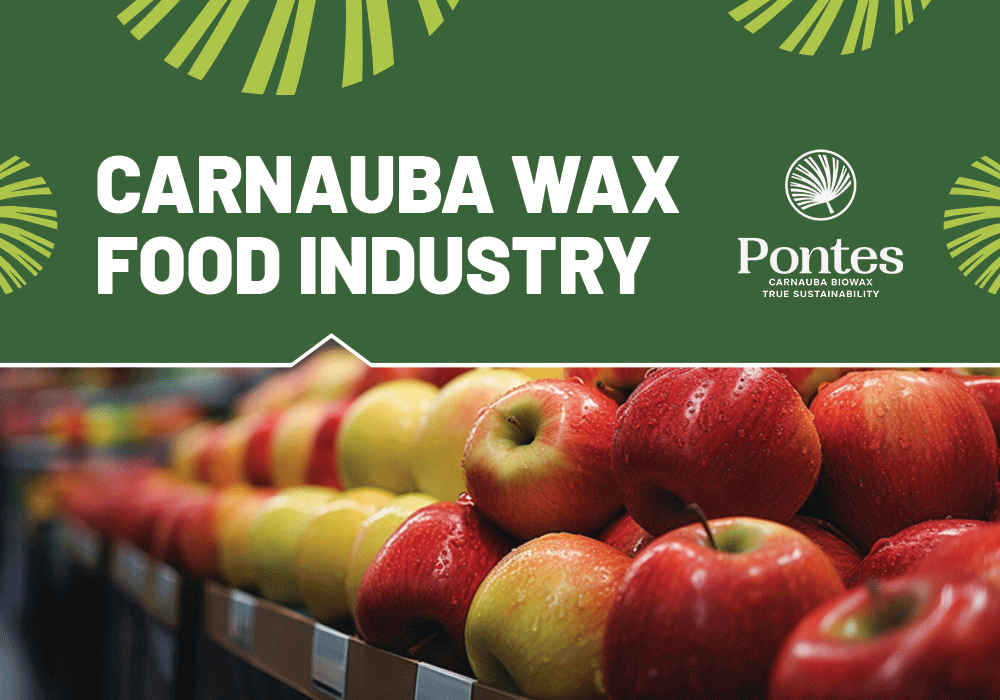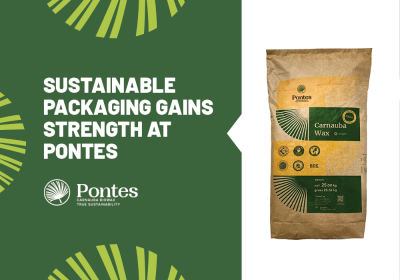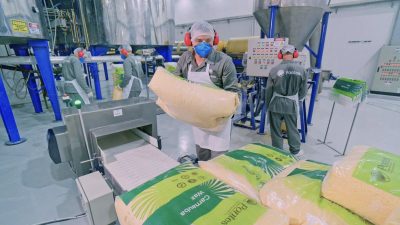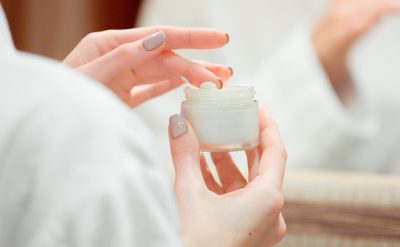Versatility and Quality: How Carnauba Wax Can Be Used in the Food Industry
Carnauba wax food industry: as a coating and polishing agent, it is widely used in a variety of food products to improve appearance, extend shelf life, and provide a protective layer against moisture and contamination.
What are the benefits of using natural carnauba wax on food products?
The carnauba wax’s benefits on food products are various. As well as providing an attractive appearance, it also helps to keep food fresh and of good quality by protecting it against oxidation, dehydration, and microbiological contamination. This is especially relevant in perishable products, where extending shelf life can reduce waste and improve overall food distribution.
Carnauba wax is also applied in the preservation of hard cheeses. The wax creates a barrier to protect the cheese from moisture, air and mold growth. It helps to maintain the texture and flavour of the cheese over time, preventing it from drying out or becoming stale.
In which food products is carnauba wax commonly used?
In many food products, carnauba wax is commonly applied to fresh fruit (such as apples and citrus) and sweets (including chewing gum and chocolates). Its ability to create a shiny water-resistant film, makes it ideal for these uses, guaranteeing FOOD integrity and aesthetics.
Pontes Carnauba Biowax
Pontes manufactures the best carnauba wax products, suitable for all types of industrial and manufacturing applications. Our products are distributed to 5 continents under the Pontes brand, which is globally recognised for its high quality and application performance - in addition to more than 10 certifications that reaffirm the brand's commitment to quality as well as social and environmental responsibility.
Examples of foods in which carnauba wax can be found:
- Fresh fruit: Apples, oranges, and other fruits can be coated with carnauba wax to improve their shine and extend their shelf life.
- Sweets and chocolates: Chewing gum, candies, chocolate confectionery and other sweets can be polished with carnauba wax to create a shiny moisture-resistant layer.
- Bakery products: Some industrialised breads and cakes may contain a thin layer of carnauba wax to maintain moisture and prolong freshness.
- Fresh vegetables: In some cases, vegetables such as cucumbers and peppers are treated with carnauba wax to improve their appearance and durability on supermarket shelves.
- Cheeses: It helps to maintain the texture and flavour of different types of cheese.
Which are the rules and regulations regarding the use of carnauba wax on food products?
Standards and regulations for the use of carnauba wax on food products vary globally, but generally include strict criteria for the purity and safety of the product. Regulatory bodies such as the FDA in the United States and EFSA in the European Union establish limits of use and technical specifications to ensure that carnauba wax is safe for human consumption.
Which are the advantages of carnauba wax compared to other types of waxes or coating agents?
Compared to other coating agents, natural carnauba wax offers several significant advantages. It is 100% natural wax, derived from renewable plant sources, which makes it a favoured choice for consumers looking for more natural and sustainable food products. In addition, its hardness and heat resistance are superior to other types of food-grade waxes available on the market, providing a more robust layer of protection without compromising the quality of the food.
To summarise, Pontes’ natural carnauba wax plays an essential role in the food industry, not only improving their aesthetics and durability, but also meeting strict safety and sustainability standards. A carefully regulated use ensures that consumers can enjoy fresh and safe food with the added benefit of a natural coating and effective protective.





